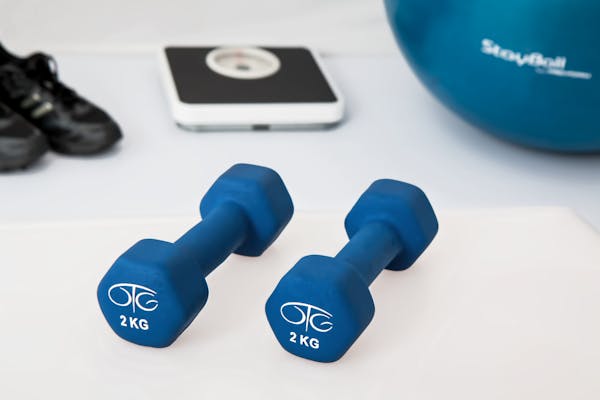
Shot of a friendly physiotherapist treating his mature patient in a rehabilitation center
Physiotherapy ergonomics is a significant aspect of workplace health and safety that has gained considerable attention in recent years. It focuses on the science of designing a workplace environment to fit the worker, rather than forcing the worker to adapt to an uncomfortable or harmful environment. This approach helps reduce workplace pain and discomfort, subsequently improving productivity and job satisfaction.
Workplace pain can result from various factors such as poor posture, repetitive movements, or prolonged sitting or standing. These issues often lead to musculoskeletal disorders like back pain, carpal tunnel syndrome, and tendonitis. Physiotherapy ergonomics addresses these problems by creating an optimal work environment that promotes good body mechanics.
The application of physiotherapy ergonomics involves assessing the workspace layout and equipment used by workers. Physiotherapists evaluate factors such as desk height, chair comfortability, computer screen position, keyboard layout among others. They also look at the physical demands of specific tasks performed by employees and identify potential risk factors for injury.
After assessment comes intervention where physiotherapists provide recommendations for adjustments in workstation design or work processes to minimize strain on the body. For instance, they may suggest using adjustable chairs that support proper posture or ergonomic keyboards that alleviate wrist stress during typing.
Moreover, physiotherapists also educate employees about correct body mechanics while working. They teach stretching exercises that can be done at intervals throughout the day to relieve muscle tension and fatigue. Workers are trained on how best to lift heavy objects without straining their backs and how frequently they should take breaks from repetitive tasks.
Physiotherapy ergonomics doesn’t just stop at physical adjustments; it goes beyond this scope by addressing psychological aspects too. Stress is known to increase muscle tension leading to discomforts such as headaches or neck pains. Therefore physiotherapists also advise on stress management techniques which could include relaxation exercises or mindfulness practices.
In conclusion, reducing workplace pain with physiotherapy ergonomics is a proactive approach to maintaining employee health and well-being. It not only helps in preventing work-related injuries but also enhances overall productivity by ensuring that employees are comfortable and stress-free while performing their duties. By investing in ergonomics, companies can significantly reduce the cost associated with sick leaves and worker’s compensation claims due to musculoskeletal disorders. Therefore, it is essential for employers to integrate physiotherapy ergonomics into their workplace health and safety strategies for find out the truth organization and its employees.






